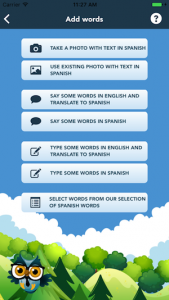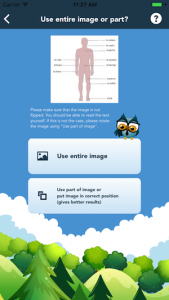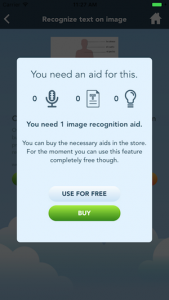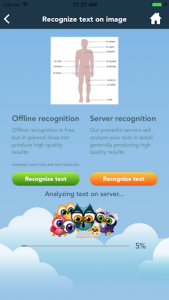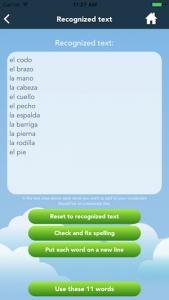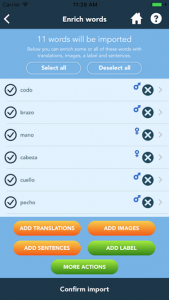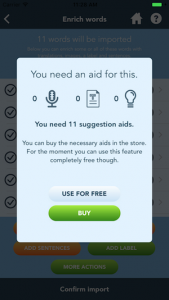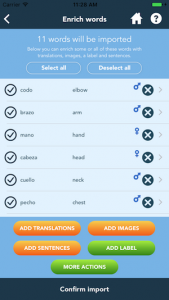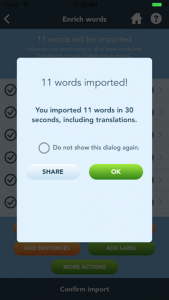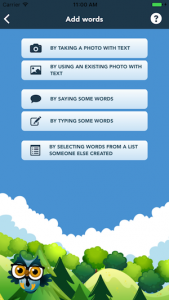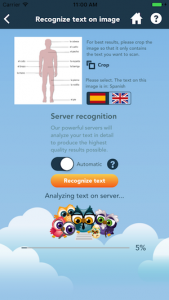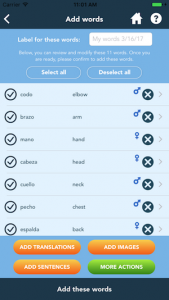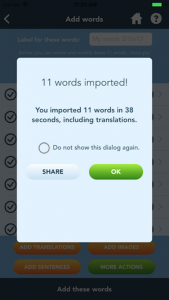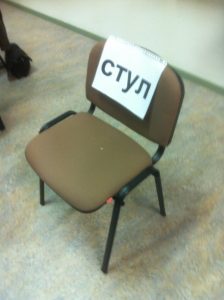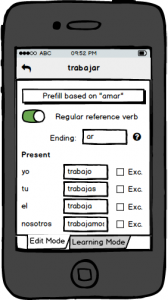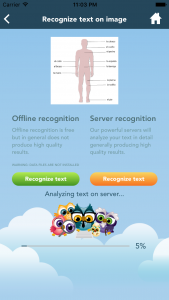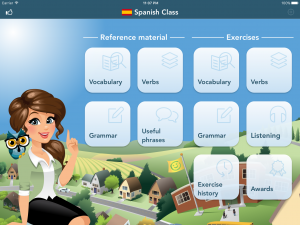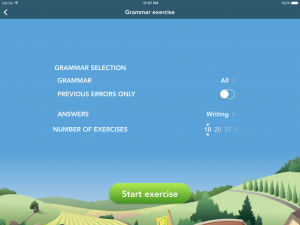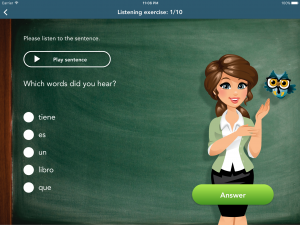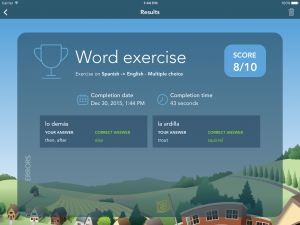
Summer is coming to an end. *Cries in Belgian weather* While we’ve enjoyed the occasional sunny moments, we have been working *read: the whole year* behind the scenes to improve Linguineo Pro. We know, summer isn’t done yet, but we sure are with the update of Linguineo Pro. We have done a major update to Linguineo Pro, incorporating all the most important previous user feedback. Yay! We literally can’t wait to share it with you! So, keep on reading to find out what we improved. Let’s start immediately with the big changes!
1. New conversation feature
The new conversation feature allows users to get started with having conversations right away. They can start conversations on any topic, select one of the pre-created scenarios or personalize conversations using specific filtering options. Moreover, with the ‘pick a topic yourself’ option, users can choose a theme or enter a custom one for the conversation.
When using the filter, users can choose between ‘open directed’, ‘not yet done’, ‘specific to my profession’ or ‘for everyone’. Through configuring conversations, users can now set answer types, activate automatic translation, and utilize glosses. They can even filter which conversations should be shown in the list.




2. New vocabulary feature
Having an easy to consult and interactive word list was after the conversation feature one of the most requested features for a long time. Ask, and you shall receive – that’s exactly what is happening here.
What can you expect from the new vocabulary feature? A multifunctional vocabulary list. Basically, the Linguineo Pro app provides a vocabulary list where you can favorite words, listen to them, filter for unfamiliar words or those under a certain label, all for your selected profession.
You can then do exercises directly related to that vocabulary list, all tailored to the vocabulary required for your profile. Also, with the filter, you can select which words you want to be visible. For example, when clicking on ‘start exercise’ an exercise is started with the words from the filter, and the same goes for ‘start puzzle’.


Besides the big changes, we also made numerous small change that will also make a difference:
3. More professional authentication
Yes, this is dedicated to all those who tend to forget their passwords – myself included, I must confess. Initially changing your password wasn’t an easy option with Linguineo Pro. However, after many “how can I change my password?”, we realized the need for improvement. Voilà, you can now change your password on the application, whenever, wherever you want. Now you can reset your password anytime you need to!
4. Content review
Did we read and test all conversations? yes! Did we even make them better? Absolutely! In Linguineo Pro, we not only reviewed and improved the conversations but also added new graphic elements for conversations. And if that was not enough yet, we even added ‘open conversations’ for supported profiles like nurses, cleaners, … It is now possible to have open conversations. Ready to talk?
5. Reworked the progress tab
This means more focus on competences and making results available on demand. So, after an exercise is completed, it will be shown in the learning path with the exact date of completion. Now, by clicking on it, the results will be displayed without restarting the exercise. So easy to track progress! Perfect for staying motivated, right?

And last, but not least, the app and conversations are now available in 6 additional languages. We have included Farsi, Pashto, Armenian, Afrikaans, Vietnamese, and Nepali. That was it, all the big and small changes!
All these changes were made possible thanks to feedback. We genuinely appreciate the feedback we have received about Linguineo Pro. We value feedback as it is crucial for enhancing our product.
If you are a Linguineo Pro user and would like to provide us with feedback, feel free to contact us at linguineopro@linguineo.com. If you are not yet a Linguineo Pro user and curious about the app, feel free to try Linguineo Pro right here.
Also, after receiving many demands about online documentation, we have made it available. Now, all documentation is accessible online, and we are very happy about it.










